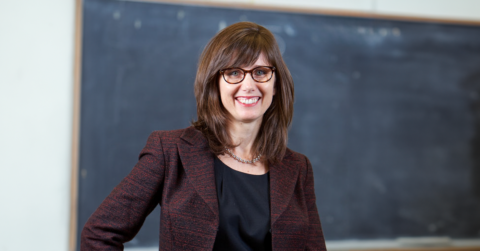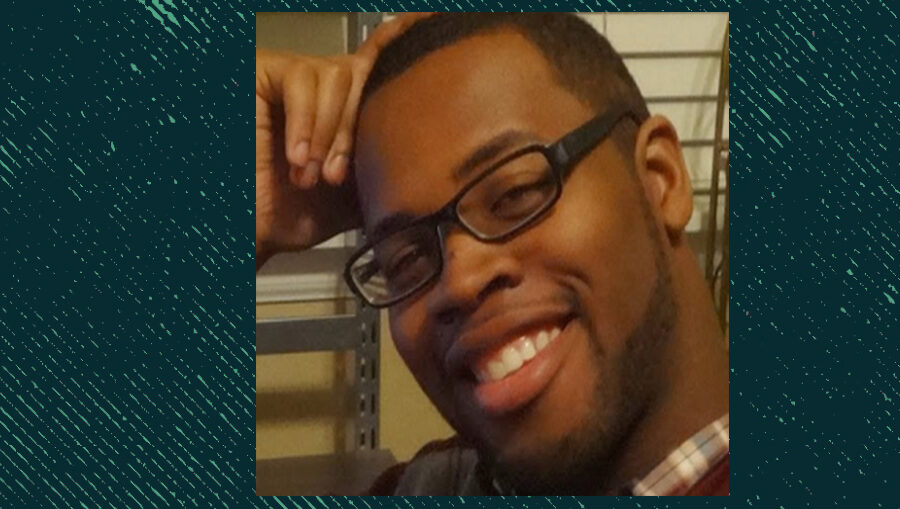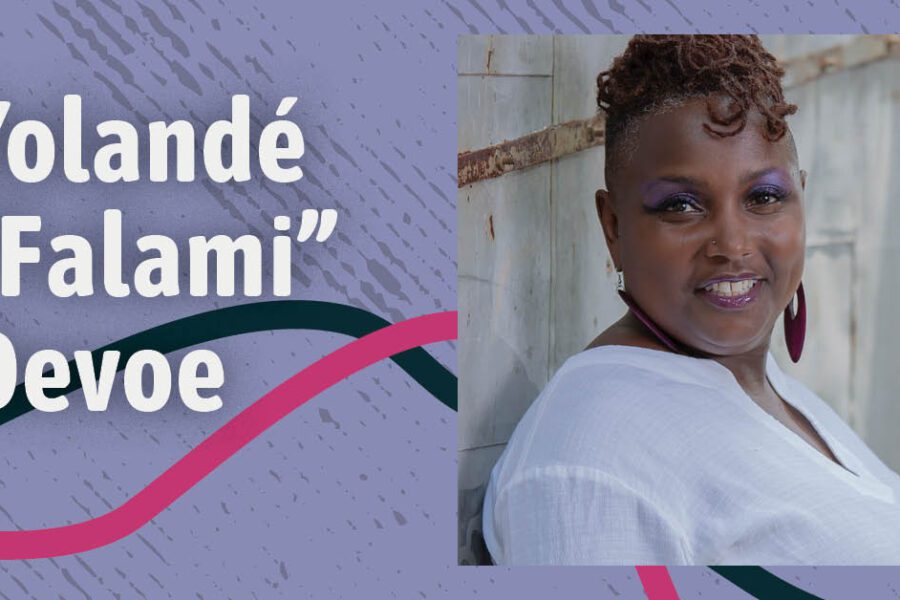“There’s a sense of fear that teachers have about getting their kids to think critically, or really challenge the narratives that are the common tropes that we hear, that aren’t actually true,” says Heather Cheney. This fear can come from trying to find ways to tackle difficult subjects like environmental catastrophes and wars, but it also comes out of the fear of discipline from state laws and local school boards that are increasingly targeting teachers with disciplinary action for, in some cases, teaching about slavery, gender identity, and LBGTQIA+ communities. As Cheney explains it, this fear and the silence it causes can stop teachers from “getting kids to think more critically about history and to think about links between what’s broadly happening in the world and how it affects their day-to-day lives.”

Today, Cheney works to resist this pattern and instead encourage critical thinking in her roles as Core Faculty in Antioch University’s School of Education and Co-Director of the Seattle-based MA in Teaching. And one of the key ways faculty in this program encourage teachers in training to resist the forces of fear and silencing is through the Capstone Project.
The Capstone Project is a student-driven project focusing on a topic of particular interest to students. In the course, which was developed by and is often taught by Caryn Park, faculty encourage student teachers to take what they have learned about teaching and put it all together to act as changemakers in their schools and in their communities.
A Project Combining Math and Storytelling
“Capstone allowed me to merge what I learned in the program with who I want to become as a teacher,” says Cheneka Shannon, an alum of MA in Teaching program. Shannon used her Capstone Project to explore using the power of storytelling to help teach math.
For Shannon, this was a problem that affected her own classroom. She was teaching second graders, and gradually, she realized that she was having as much trouble teaching math as her students were having understanding it.
Shannon decided to experiment with using storytelling to help her students who were struggling with math—this was not only a way to provide them with a very human connection, but it was also an opportunity to use diverse texts to help BIPOC students feel seen. Stories, she reasoned, are how we connect with people, and they’re also a great way to get kids to remember information.
The experiment was broadly a success. Using stories that spoke to students’ identities and interests taught Shannon the impact of putting the student first, not the curriculum. Shannon reflects, “I learned the importance of making sure all scholars, especially those who are marginalized, are prioritized and given space to feel seen and heard in my class.”
When she wrote up her report on the capstone project, she realized that it also started out with once upon a time. It was another powerful story to tell. Explains Shannon, “I wanted to navigate my audience through my journey, starting from who my students were—brilliant, diverse, funny—to how I taught most of the content areas using stories, to being very candid about my struggle with teaching math.”
Teaching as Social Activism
Cheney sees teaching as a form of social activism, and she says that today, we need the people educating our children to be fearless and to stand up for what’s right. That’s why so many of the programs in Antioch’s School of Education center around anti-racism and social justice. As MA in Teaching students come to the end of the one-year program, they have so many ideas around these topics. The Capstone Project offers a perfect chance to dig deeper into a topic and put it into action.
Cheney hopes these projects help teachers realize their own agency and the importance of sharing their gifts with their students. Today, many public schools require teachers to follow pre-written lesson plans that remove much of the creativity of teaching. “Especially as a new teacher, you feel vulnerable and think, I can’t take a risk, I can’t go off-script,” says Cheney. She says that at the start of a teaching career, it can feel overwhelming to jump into such weighty topics. She sees teachers telling themselves, “These things are just too big, and I don’t know enough about them to really dig into these questions.”
But Cheney encourages new teachers to do just that—to dig into the big ideas. And she explains that when they do, not only do their students learn from them, but so do their fellow teachers. As she says, “I think what they gain most from each other is inspiration and courage.”
For Cheney, the best thing about the Capstone Project is, as she puts it, the way that it “connects students’ vision and mission as social justice educators to the real needs of the context that they find themselves in and allows them to go deeper into those particulars.” Each project is different, but they share the characteristic of responding to the social justice needs of students and communities.
Shannon agrees that this is important. She says that as education becomes more politicized, “it has become much harder to safely teach with social justice as the foundation.” The Capstone Project can offer students a key testing ground.
“I think public education can be a space where we can move toward a more just society,” says Cheney. “And I think part of a thriving democracy is having a space where no information is put aside because it might make people in power uncomfortable, critical thinking is embraced, and important questions are asked about whether we’re living up to our best selves.”





